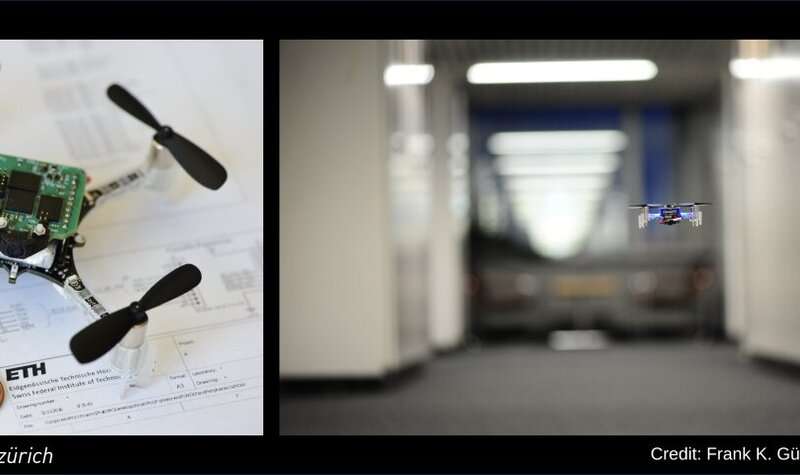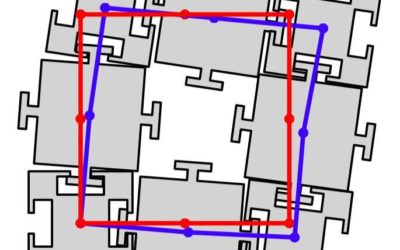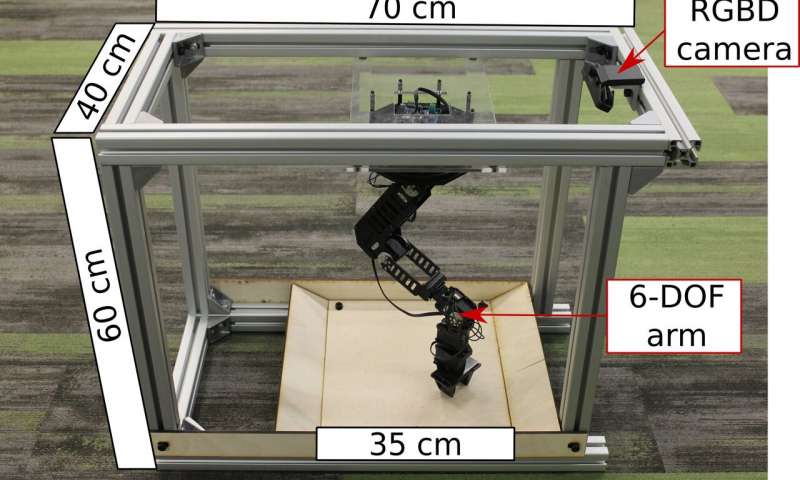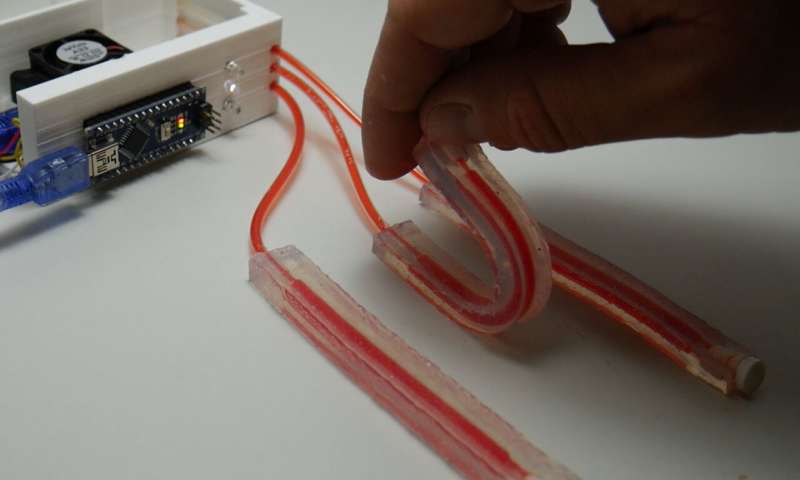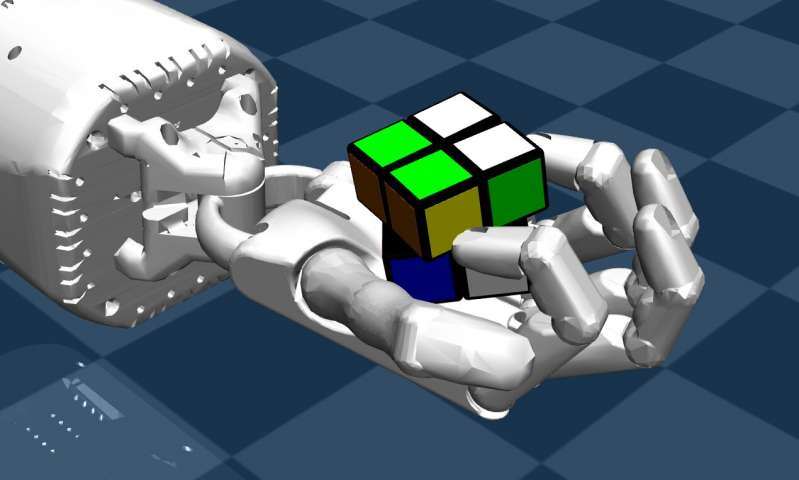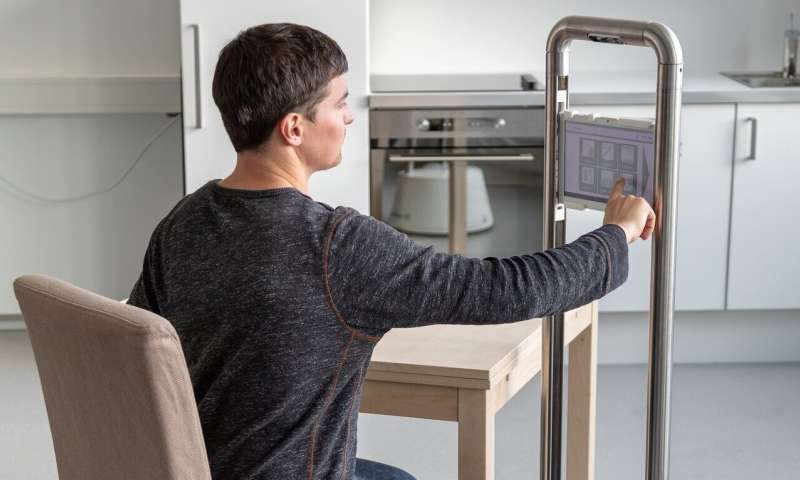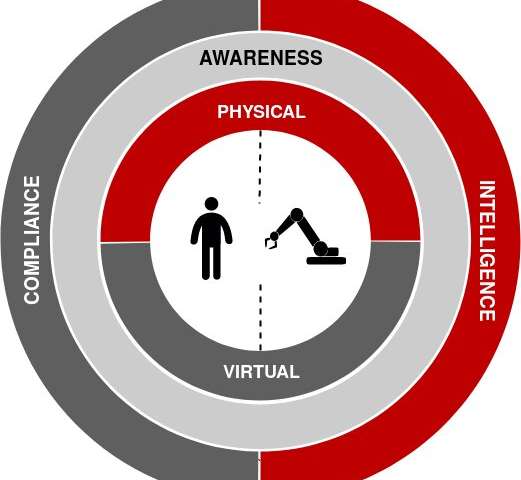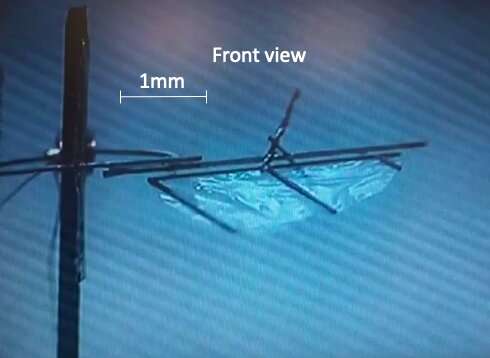Researchers at ETH Zürich and the University of Bologna have recently created PULP Dronet, a 27-gram nano-size unmanned aerial vehicle (UAV) with a deep learning-based visual navigation engine. Their mini-drone, presented in a paper pre-published on arXiv, can run...
Robotics
PuzzleFlex: Computing the kinematic motion of systems with loose joints
Small motions between individual parts in jigsaw puzzles, LEGO buildings, human backbones and systems of connectable modular robots can allow flexing of their entire structures. A team of researchers at Dartmouth College has recently carried out a study exploring the...
REPLAB: A low-cost benchmark platform for robotic learning
Researchers at UC Berkeley have developed a reproducible, low-cost and compact benchmark platform to evaluate robotic learning approaches, which they called REPLAB. Their recent study, presented in a paper pre-published on arXiv, was supported by Berkeley DeepDrive,...
ROBOSHERLOCK: a system to enhance robot performance on manipulation tasks
Over the past decade or so, advancements in machine learning have enabled the development of systems that are increasingly autonomous, including self-driving vehicles, virtual assistants and mobile robots. Among other things, researchers developing autonomous systems...
ShapeBots: a swarm of shape-shifting robots that visually display data
Researchers from the University of Colorado Boulder's ATLAS Institute have recently developed a swarm of little shape-changing robots, called ShapeBots. These self-transformable robots, presented in a paper pre-published on arXiv, can change both their individual and...
Skinflow: A soft robotic skin based on liquid transmission
Researchers at the Bristol Robotics Laboratory and the University of Bristol have recently developed a new soft robotic skin-like sensor that is based on fluidic transmission. This sensor, presented at the second IEEE International Conference on Soft Robotics...
Solving a Rubik’s Cube with a dexterous hand
In recent years, a growing number of researchers have explored the use of robotic arms or dexterous hands to solve a variety of everyday tasks. While many of them have successfully tackled simple tasks, such as grasping or basic manipulation, complex tasks that...
MobiKa: A low-cost mobile robot that can assist people in a variety of settings
Researchers at Fraunhofer IPA, in Stuttgart, Germany, have recently developed MobiKa, a low-cost, mobile robot capable of two-modal (voice and text) interactions with humans. Their robot, presented in a paper pre-published on arXiv, could be particularly useful for...
Monitoring human physiological responses to improve interactions with robots
Researchers from the Century Mold Collaborative Robotics Laboratory (CMCRL) at Rochester Institute of Technology (RIT) in New York have recently developed a new framework for monitoring human physiological responses while users are collaborating with a robot to...
New designs for jumping and wing-flapping microrobots
Researchers at the University of California (UC) Berkeley have recently designed two insect-scale microbots, one that jumps and another that flaps its artificial wings. These robot designs, presented in two papers pre-published on arXiv, mimic real biological...

